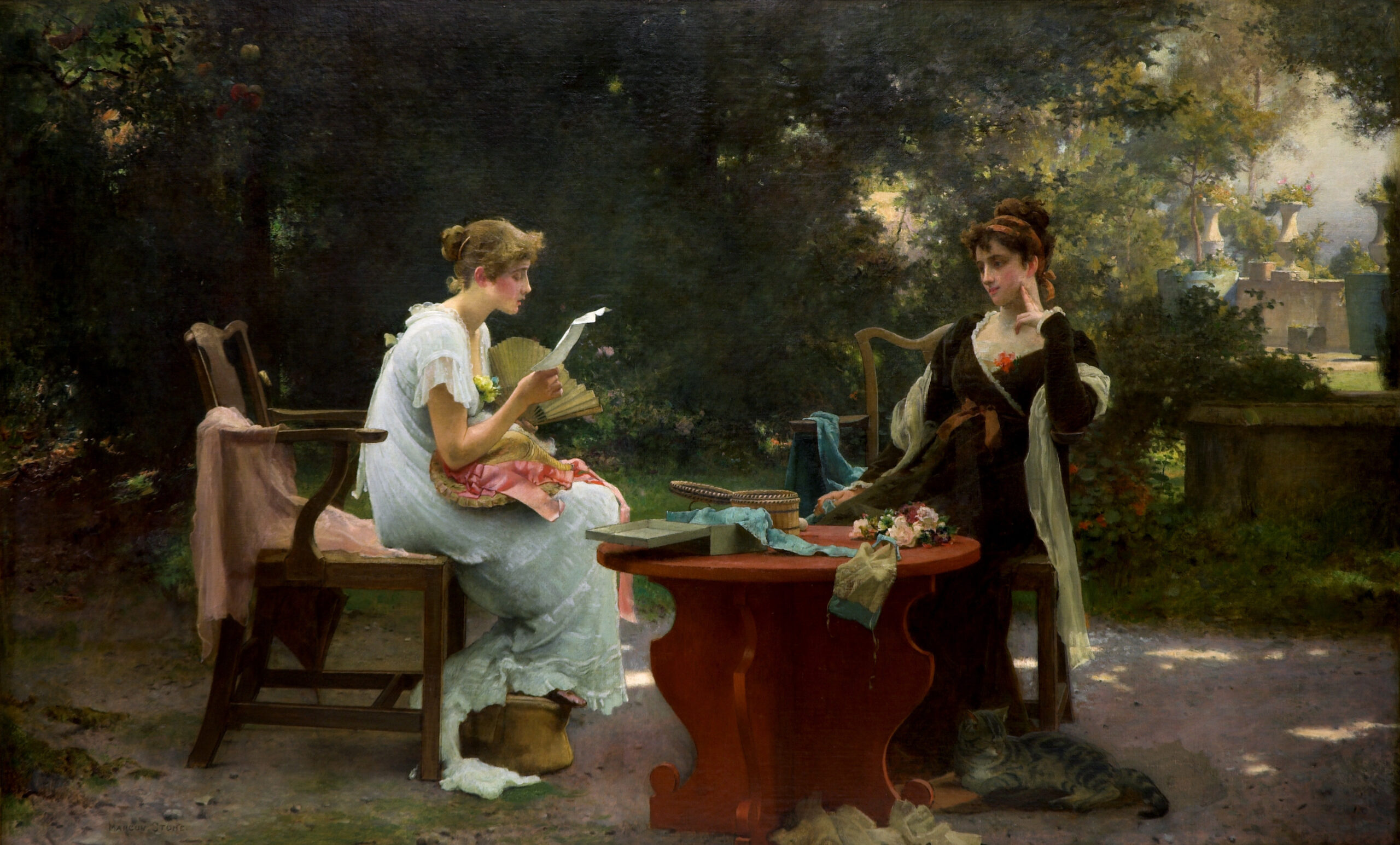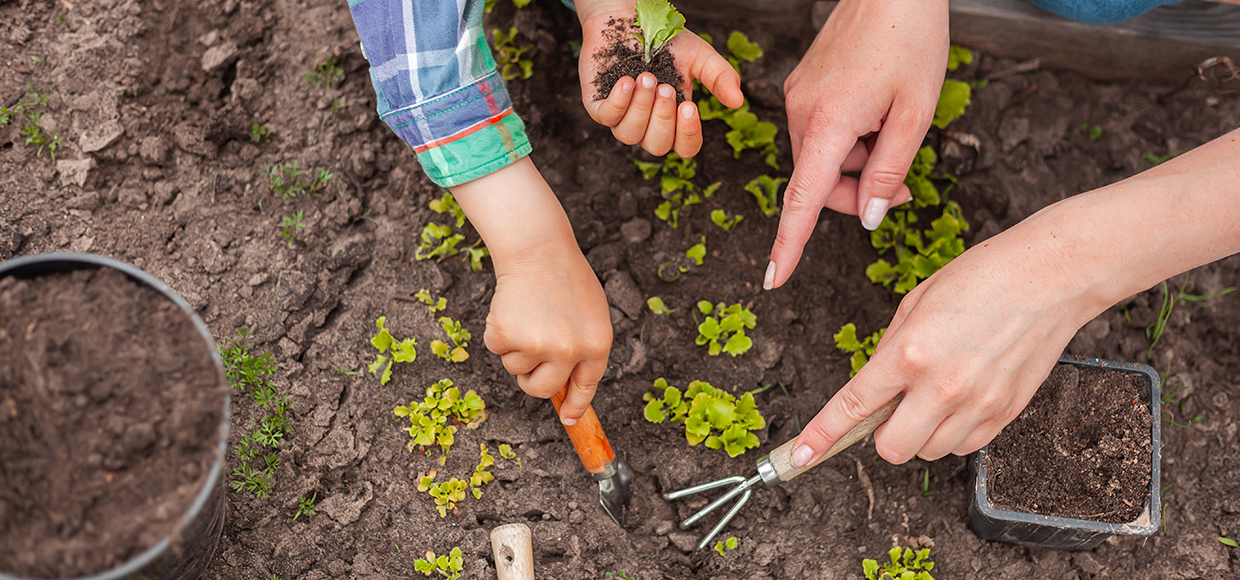We’re so awash in milk nowadays it isn’t just farmers and their animals paying the price, but the land as well. The good news? Some farmers are ringing old-fashioned know-how and diversity back to the paddocks

Jeff Williams likens his bad old days in big dairy to being a “mouse on a wheel going round and round”. That’s all changed today, but this seasoned dairyman’s new regime might leave some veteran farmers scratching their heads. That’s because here, in the midst of what some consider to be New Zealand’s agricultural heartland, it isn’t just cows doing the work. “The chooks do a good job of it,” says Jeff of the 150 brown shaver hens relishing fly grubs and scratching dung into the soil after his 320 Friesian ‘girls’ feast on lush pasture.
Unlike some farms still relying solely on synthetic nitrogen and chemicals to stimulate the soil, a portable poultry palace is shifted by Jeff and two employees, including son Robert, 25, paddock to paddock after the cows. This routine deals with the cow pats and ensures the field’s purpose-planted grasses – cocksfoot, fescue, timothy and chicory – are naturally nourished. It takes planning and effort, but for Jeff the payoff isn’t just in dollars. “Happy soil, happy animals, happy farmer,” he says brightly.
And the eggs? Upwards of 300 each week go to a local chef who prizes their deep gold yolks. “It’s a new experience dealing directly with the customer,” says Jeff. “We’re so used to just sending off our milk on the back of a truck.” Using chooks to fossick through poo isn’t a newfangled farming tool. In fact, the tactic is famously promoted by Joel Salatin of Polyface Farm in Virginia’s plush Shenandoah Valley. The farm figured heavily in author Michael Pollan’s bestseller, The Omnivore’s Dilemma. And it was American expatriate Phyllis Tichinin, a fan of the ‘Polyface way’, who put Jeff onto the moveable feast for chooks as a clean, green soil booster.
Jeff has high praise for Phyllis, who was working as the national education manager and field associate for Abron. The New Zealand company educates farmers on holistic soil enrichment and kicking the chemical habit, so, like a vintner with an eye on grapes, Jeff now monitors the brix (sugars) level in his pasture along with vitamin levels and soil culture. Earthworms were rare four years ago, the dirt yielding only four to eight per spade square over the whole farm. “Now we’re up to 40 to 52,” Jeff says. Rye grass and clover roots that once extended only as far as 150 millimeters now reach to 500 millimeters.
“It’s all about food,” says Phyllis. “Diversity makes the soil more resilient and more productive.” ‘Organics’ and ‘biodynamics’ get a lot of press these days, but Jeff and his wife Janice are walking a slightly different path. Like the Traffords of Wangapeka Downs (see page 46), he hasn’t opted for organic certification so that his cows can be treated with antibiotics if absolutely necessary. It’s this new approach that spurred farmers to organise the Association of Biological Farmers (ABF). Formed in New Zealand in 2009, the group is a means for members like Jeff to connect and educate the public on their methods.
Nicole Chambers, a former commercial farmer now studying for a Masters Degree in Agricultural Science at Massey University, is the spokeswoman for ABF. She says biological farming is about producing food that’s denser in nutrients through the improved health of the soil. Nicole can see the approach of farmers like Jeff Williams spreading both locally and abroad. “In 2008 there were about 100,000 hectares being treated biologically. Now it’s at least 450,000 hectares, and growing exponentially,” she says.

One large Australian farm Nicole visited recently uses moveable chook houses to good effect. With a whopping 12,000 chooks in units of about 2,000, they’re moved paddock-to-paddock behind the cows just like on the Williams’ farm. “I travelled for weeks through Australia, and it was the only time I saw green,” Nicole enthuses. “The farmer was selling his eggs at [AU]$12.50 per dozen and couldn’t keep up with demand.”
“The buzzword may be biological farming, but I like eco-agriculture or sustainable farming,” Jeff says. “Whatever you want to call it, I’m a born-again farmer now because of all the changes. I beat myself up and say ‘Look, you wasted all those years,’ but I know it’s what led us to the journey we’re on now.” Part of this new approach means giving the heave-ho to synthetic fertilisers and pesticides from the likes of Dow AgroSciences and Monsanto, corporate giants that would “go broke, if I had my way”, Jeff says defiantly. He considers his farm to still be transitioning, but his chemical use is down by more than 90 percent, and he’s trialling the plantings of peas and other legumes to fix nitrogen in the soil as some home gardeners do. Next Jeff will start spraying fish fertiliser on his pastures instead of urea, the most common nitrogen fertiliser used on conventional farms. “We’ll see if we can get a response to that, then it’s bye-bye urea,” he says happily. “Our aim is to have no artificial nitrogen on the farm at all.”
This newfound approach to farming is just four years old, but it took Jeff and Janice more than three decades of “average farming” before realising they’d had enough. As the new millennium dawned, with a raft of industry awards under his belt and 500 cows in the paddocks, they were farming pretty much the way many still do. “It was all going really good,” Jeff recalls. “Same production year in, year out, but it was the start of a journey we now realise was basically industry farming. At the time we thought was the way to go – it was all about producing a lot of milk off a small area.”
Along with six other farmers, the Williams’ farm provided milk for Kapiti Fine Foods which was owned at the time by Foodstuffs. After Fonterra scooped up the label in 2005, they made the pricey move to throw in their lot with the dairy giant. “We had to buy shares to supply them, but we had to buy our shares at a high,” says Jeff. It was a gamble that cost a few hundred thousand dollars. Janice, who normally lets Jeff do the talking, says they were simply “tired, and we just started feeling like we weren’t a good fit for this new corporate way of dairying. We wanted to find a new way to do things.” It was around this time the couple had one of their first aha moments.
Instead of relying on synthetic nitrogen and chemicals to stimulate the soil, a portable poultry palace is shifted from paddock to paddock after the cows. Not only does this deal with cow pats, the routine ensures that purpose-planted grasses are naturally nourished

It was a proverb in Acres USA, an American trade magazine about organic and sustainable commercial dairy that tugged at Jeff years ago, and he recites it with ease. “It says, ‘Man, despite his artistic pretentions, his sophistication, and his many accomplishments, owes his existence to a six–inch layer of top soil and the fact that it rains.’ I saw that and thought ‘that’s really what’s it’s all about’. If we look after that soil, everything will look after itself, but we’re stuffing it up with modern agriculture.”
In 2008, the couple also heard visiting US physician Dr Arden Andersen talk about the link between soil health and nutrition. Andersen, a soil scientist turned doctor, is renowned in eco-agriculture circles and it was his words, says Jeff, that “really started to connect the dots”. In addition to making a break from Fonterra, change was happening closer to home, including using milk from their own farm. “We’d always ship it all away and just go down and buy our milk at the store,” Jeff says. “Never once did we think about using our own milk. You just didn’t do it.” The birth of their grandson, Oliver, now nearly two, only solidified their new views. “We just looked at it all and thought ‘what are we doing’?” Jeff says. “We were stressed, and it wasn’t healthy – us, the animals, the land – and we wanted to take care of our grandson in the best way we could.”
It’s a dilemma facing intensive dairies nationwide. One common farming practice – loading nitrogen into the soil to boost grass growth – can upset the soil’s delicate infrastructure as well as that of nearby streams and water tables. You don’t have to look far for news stories of farmers who have been levied hefty fines for discharging effluent. But that’s not the half of it. By most standards, intensive dairying also means that the cows – ruminants accustomed to digesting grass – chow down instead on a steady diet of all manner of other food products. On the Williams’ farm, in addition to hay and silage, everything from potato chips to bread was on the bovine buffet. “We used to get a truckload of bread every week and spend half a day taking it out of its plastic wrap. We were even feeding them doughnuts,” Jeff says. “So, you name it, we fed it to the cows, and we were doing fantastic for production. At the time we thought we were doing very well.” Imported palm kernel expeller or PKE, a crop for which Fonterra has come under fire and that many, including Greenpeace, link to widespread deforestation in South East Asia, was also a staple.

It seems nonsensical, but for the Williams and many other farmers trying to squeeze ever-higher yields from their cows, it’s good business. More often than not, conventional farmers use supplementary feeds alongside silage and grain to boost production. But this vexing cycle necessitates the advice of consultants to balance the nutritional value of extra feeds like potatoes and pizza waste or tallow and chocolate. “If you’re feeding cows grass, you don’t need to question what you’re doing,” says Jeff, “but once you start feeding supplements, you need the advice of an expert.”
Trouble is, doughnuts and other such fodder doesn’t make for healthy cows. Acidosis, a dietary imbalance, can lead to diarrhea, indigestion, liver abscesses and in some cases, death. Laminitis, a constriction of the capillaries in the hooves that causes lameness, is also linked to diet. Nor is it a problem just for the cows. It’s estimated that nearly half of all antibiotics worldwide are used on livestock and University of Cambridge researchers identified new antibiotic-resistant bacteria in both humans and cows as recently as June 2011. Farmers around the country are dealing with the same challenges, says Nicole, and while not all biological farmers have stopped using PKE or eliminated the use of urea, it is the end goal for many. “If you’re putting poor quality in, you’re only going to get poor quality out,” she says.
For the Williams, farming the old way meant “shitloads of antibiotics”. But now, says Jeff, “it’s nearly zero”. As an alternative, holistic remedies from Phyllis Tichinin’s latest venture, True Health, are now used before routine antibiotics. Phyllis says some may doubt how effective they are, but “the best evidence is what’s happening in the field”. Garlic, echinacea, goldenseal and aloe – things many of us have stashed in home medicine kits – are now elemental on the Williams’ farm. “We’ll get an 80 percent strike rate with those first, then go to the antibiotics as a last resort,” says Jeff. Mastitis is about the only thing that still vexes his cows, but it’s remedied naturally.
The added health benefits of biologically or organically produced milk are still being quantified, but recent reports are promising. One study, funded by the European Community and the UK’s Yorkshire Agriculture Society, found that organic milk had higher levels of beneficial omega-3 fatty acids and conjugated linoleic acid, which is prized for its heart-healthy, cancer-fighting properties. The results weren’t necessarily due to an organic approach, say the researchers, but from cows eating what they should: good grass.
Back at the Williams’ Longburn farm, Palmerston North edges closer to the gate each year, but like its caretakers, this flat, 100-hectare emerald stretch is an invigorated, authentically agrarian version of its former self. “This really is the way farming should be done, and I know because I’ve been on the other side,” says Jeff. “A lot of other farmers say, ‘I want to come down and have a look.’ Well, I’m still waiting,” he adds with a chuckle.

For his part, a healthy family and farm are enough. Balance sheets and production aren’t the sole focus anymore, but the outlook is rosy nonetheless.“We’ve got to have control over our destiny,” he says. “Farmers have become so fixed on production that we just can’t see into the future. We aren’t thinking long-term anymore, and we need to. I don’t believe that big is necessarily good.” “This new approach is the future of farming,” agrees Nicole. “With so many pressures on farmers at the moment and the high production push since 1940, farmers are realising there’s another way.” For now, the Williams are happy to keep things small and sustainable. Organic certification isn’t on the horizon, but their hope is that by the time Robert takes over, the novel practices they’re putting into play will be industry standards. Open Country, a dairy manufacturer, currently buys all of their milk, but Jeff would like to start selling some from the farm gate or some day, used in an on-site, family-owned café.
Altogether it’s a paradigm shift in thinking, and innovations such as fish fertiliser are a perfect example. “If you were to use the same amount as you do nitrogen in the synthetic form, it’s more expensive,” says Jeff. “We don’t focus on that, because you realise there are all these other elements – stuff I’ve never heard of before – that are needed for the synthesis of cells and microbes, you’re not going to get with urea.
So, the short answer is, ‘yes, it’s costing more’, but it’s going to cost less in the long run,” he says. “The decisions you make on the farm have got to be for the long term. It’s got to be sustainable for generations to come, not just next year.” Monica Mead is a regular contributor to Good. Her last feature was a guide to artisan ciders







